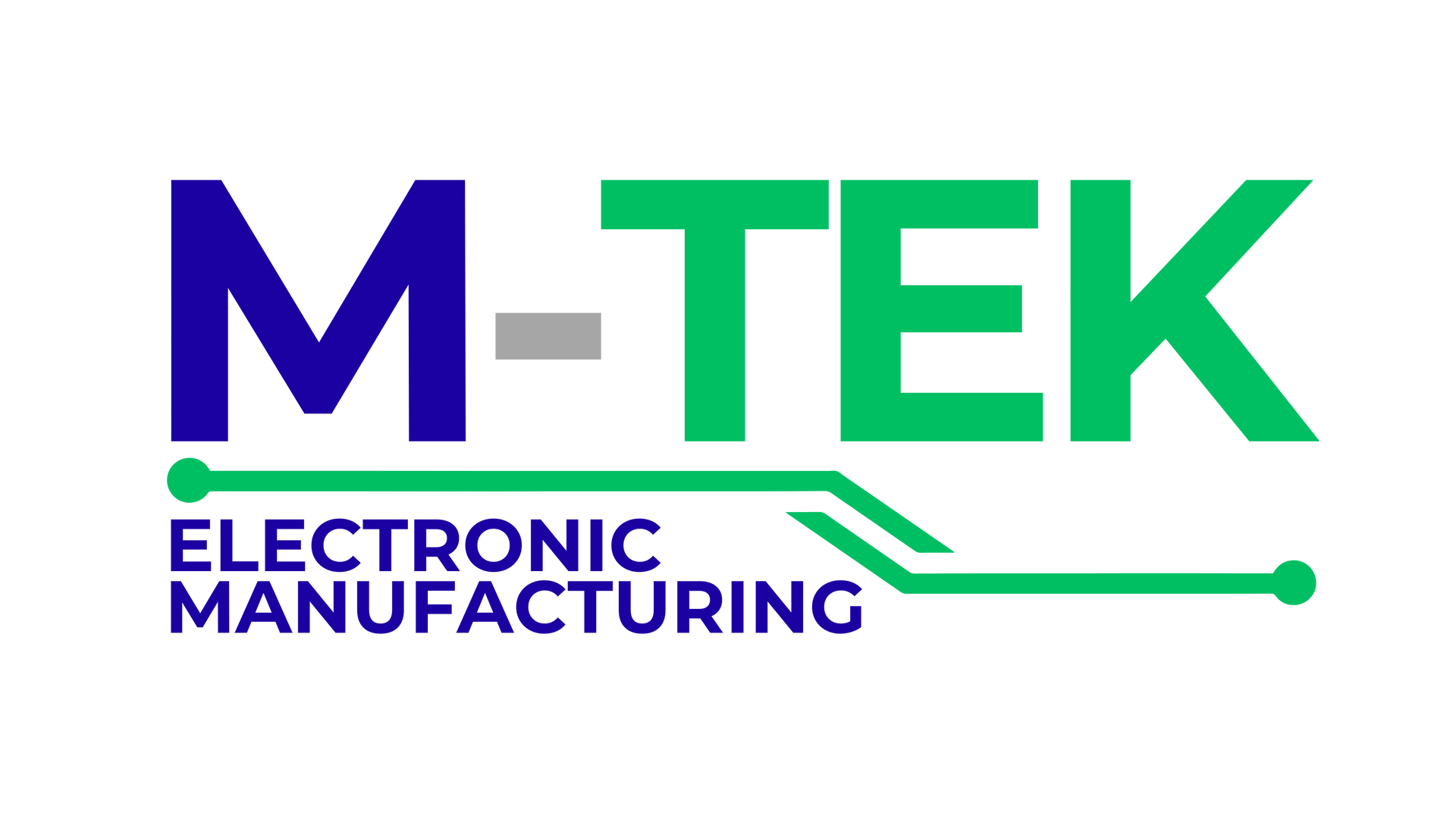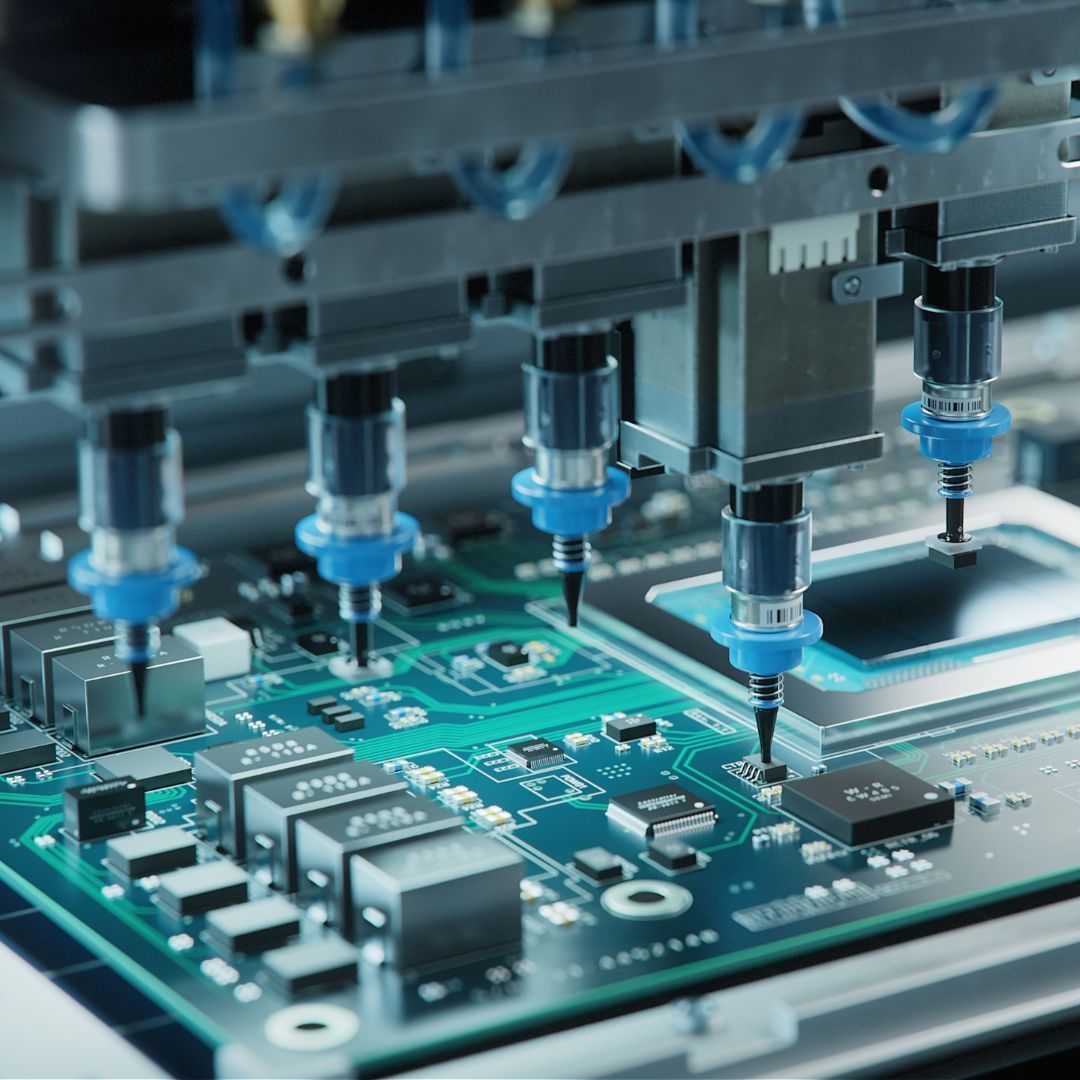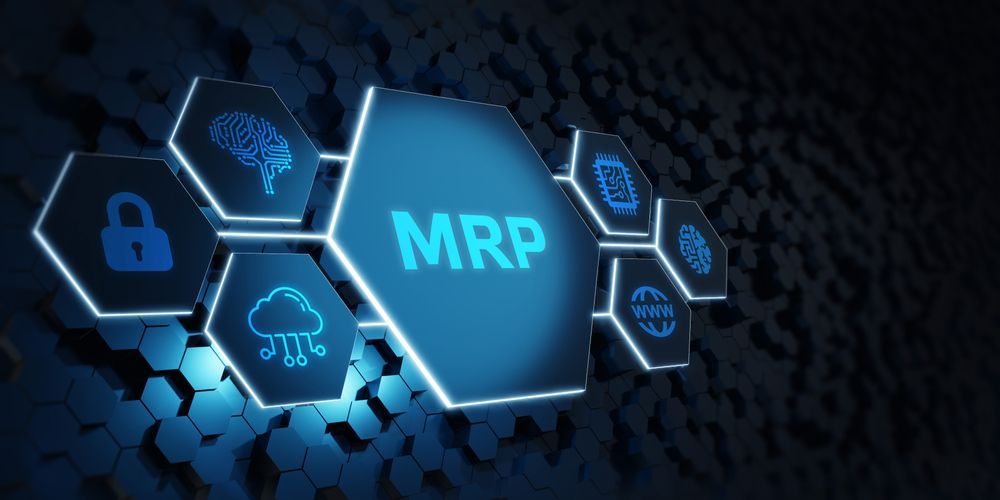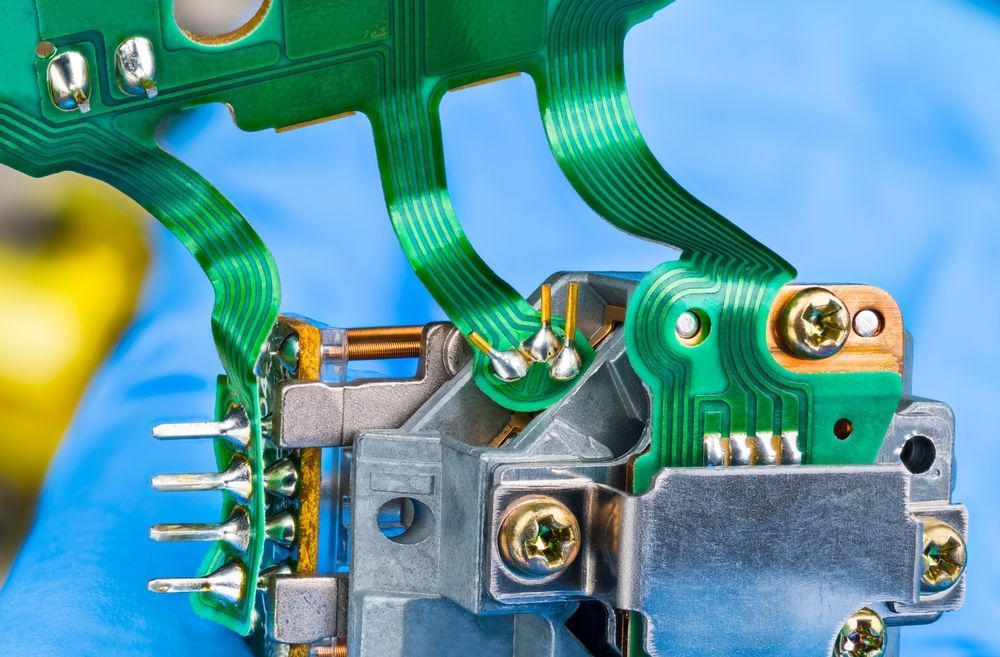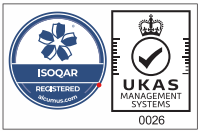PCB Assembly Companies Can Be Carbon Neutral

In the printed circuit board industry, there are various elements that release a high level of carbon emissions into the atmosphere. Yet, PCB assembly has an important role to play in a variety of industries. So, although these carbon emissions are still emitted, there are certain tasks a business can do to ensure that the company remains carbon neutral.
Here at M-TEK, we are here to break down what it means to be carbon neutral and the ways our PCB assembly company has helped lower the planet’s carbon footprint.
What Are the Different Levels?
When it comes to carbon-free production for businesses, there are three different levels.
Carbon neutral refers to a service or business that balances the same amount of carbon dioxide it releases into the atmosphere. To make up the difference, this is often done by buying carbon offsets or credits. Buildings and other industries that gain their energy use through renewable sources, such as solar panels and wind turbines, follow
zero-carbon
practices.
The final category is
carbon neutral, which removes more harmful carbon emissions than it actually emits.
Does the Electronic Manufacturing Industry Impact the Environment?
Sadly, the electronics industry has an impact on the level of carbon emissions into the Earth’s atmosphere and exacerbates this imbalance. Traditional PCB assembly uses water, glass fibre, copper and epoxy resin that are energy and emission-intensive. Therefore, after a product’s lifecycle is over, these printed circuit boards become waste products
Currently, there are more than 40 million tonnes of electronic waste that end up in landfills. And this is growing every year. Almost 2 million of these are printed circuit boards.
This can affect the environment and human health negatively if nothing is done to right the wrong. Incinerating boards after PCB assembly can cause hazardous fumes. Therefore, alternatives should be considered.
From additive printing techniques that use inkjet and laser printing to the limited manufacture of entirely biodegradable printed circuit boards, innovation is needed to create environmentally friendly printed circuit boards. The introduction of the technologies holds hope for the future, even though some techniques are currently only useful for short-run PCB assembly manufacturing.
Buy Offsets
In businesses, especially those that produce PCB assembly, it can be difficult to reduce damaging emissions, since typically these are required for the services.
Instead, businesses can buy high-quality carbon offsets or fund other outside projects that have a vast emission output. Offsets refer to the reduction or removal of harmful carbon dioxide to compensate for other emissions. For example, sponsoring a solar energy farm or planting forests in vulnerable areas.
Reduce Emissions
This may be easier than it initially seems. There are a variety of ways businesses in the PCB assembly industry can lower their carbon emissions. Whether this is recycling and reusing materials, from one lifecycle to another, or increasing the source of renewable energy. This all has an effect on a company’s carbon footprint.
Total your company’s carbon footprint and monitor your process when you eliminate harmful elements that contribute. This can also include where the products are being shipped to and the method of travel that is being utilised through PCB assembly.
M-TEK Assembly
Since the beginning of 2022, M-TEK has achieved a net-zero carbon footprint. For every printed circuit board our specialists build, we plant a tree in Uganda. We understand that we need to leave the planet in better shape than how we found it. That’s why we practice zero-carbon ideals and work towards the common goal of lowering the planet’s carbon footprint.
For more information on our PCB assembly services, or to receive a quote,
fill in our online form here.
